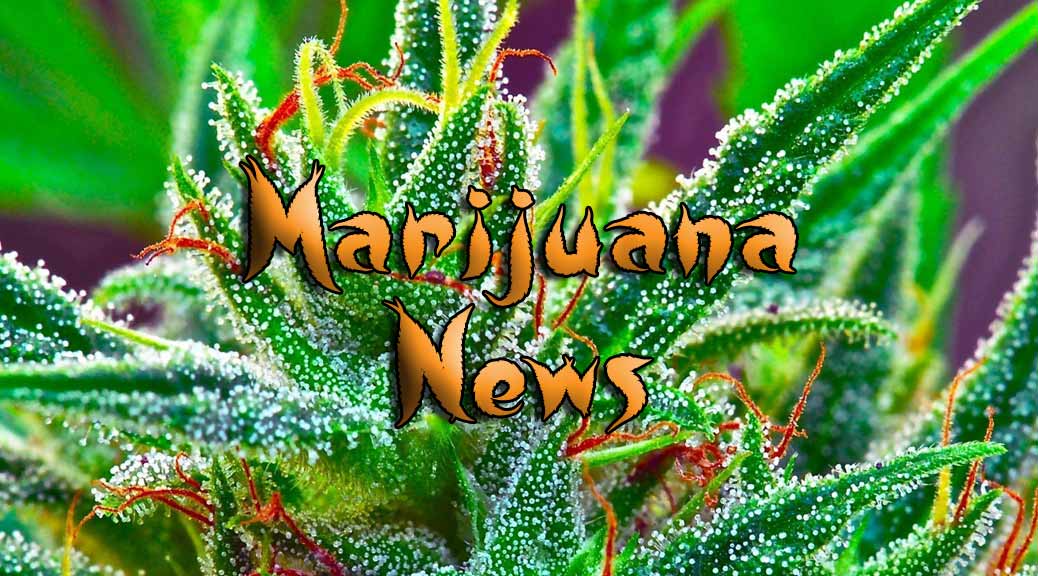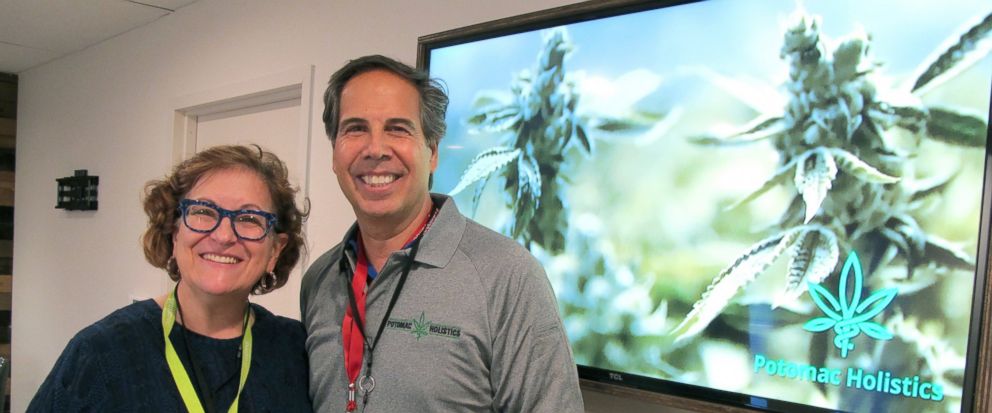On April 20, 2017, at 4:20 in the afternoon, 15 000 people in San Francisco’s Golden Gate Park lit marijuana joints during the annual “420 Day.” In cannabis culture, April 20 has become an international countercultural holiday; people gather to celebrate and consume cannabis, typically around 4:20 pm.
The giant cloud of secondhand marijuana smoke was visible from the University of California, San Francisco, half a mile away. The cloud embodied the revelers’ new freedom on this first 420 Day since California voters legalized recreational marijuana in November 2016. The smoke cloud, however, was also part of a growing source of air pollution.
It would have been unthinkable (and illegal) for thousands of people to congregate and smoke tobacco cigarettes in that park. The recognition that secondhand tobacco smoke causes cardiovascular disease, lung and breast cancer, and other diseases motivated passage of laws to protect people from secondhand smoke, including in Golden Gate Park. These laws have the beneficial effect of stimulating voluntary smoke-free home policies, discouraging smoking initiation, supporting smoking cessation, and denormalizing tobacco use.1(pp26-29)
Such social norm change is an effective tobacco control strategy, as exemplified by the California Tobacco Control Program, a broad-based campaign focused on reinforcing the nonsmoking norm. This strategy is aimed at the population as a whole, not just smokers or youth, and includes hard-hitting media messaging and support for smoke-free environments. By focusing on the broader social environment, California has achieved one of the lowest smoking rates in the United States. In 2015, 11.7% of adults in California and 7.7% of high school students had smoked tobacco in the last 30 days compared with 17.5% of adults and 10.8% of high school students nationally.2,3 Adolescents who perceive secondhand tobacco smoke as dangerous are considerably less likely to start smoking tobacco compared with those with lower risk perceptions of secondhand smoke.4
In contrast to tobacco, marijuana is widely viewed as harmless or even good for you, even something to be celebrated. Perhaps because cannabinoids are useful for treating chemotherapy-induced nausea, chronic pain, and spasms in multiple sclerosis,5 marijuana, especially medical marijuana, is viewed as having positive effects.
Nationally, more adolescents used marijuana than tobacco in 2016, with 16% of high school sophomores and 25% of high school seniors reporting marijuana use in the past 30 days compared with 5% and 11%, respectively, for tobacco.6 Similarly, adolescents’ perceptions of marijuana risk dropped from 58% of high school seniors reporting great risk associated with marijuana in 2006 to 31% in 2016.6 In California, adolescents believe that, compared with tobacco cigarettes, marijuana is less addictive, easier to quit, more socially acceptable, and less harmful to their own and their friends’ health, as well as to the environment.7
The evidence that secondhand exposure to marijuana smoke, like the evidence for all health effects of marijuana,5 is more limited than for tobacco. But smoke from any source is a complex mixture of thousands of chemicals, including ultrafine particles and toxic gases. Other than nicotine and cannabinoids, tobacco and marijuana smoke are similar.8 Indeed, the California Environmental Protection Agency identified marijuana smoke as a human carcinogen based largely on the smoke’s toxicology.9
Cardiovascular effects of breathing secondhand smoke are particularly important because about 80% of the deaths attributed to secondhand tobacco smoke are due to heart disease, including acute myocardial infarction.10 These effects reflect the highly nonlinear dose-response curve for cardiovascular effects of secondhand smoke, with secondhand exposure nearly as dangerous as active smoking. Like all particulate air pollution, smoking and exposure to secondhand smoke both lead to impairment of arterial endothelial function in humans as measured by flow-mediated dilation, an effect that occurs in a few minutes in rats11 and humans.12 Reflecting these rapid effects, implementation of comprehensive smoke-free laws are followed quickly by decreases in heart attacks and other conditions by around 15%.1(pp435-443)
As would be expected based on this evidence, arterial flow-mediated dilation decreases in rats after 1 minute of marijuana sidestream smoke, with impairment lasting at least 90 minutes13(longer than for tobacco smoke where the impairment typically lasts 30 minutes11), independent of the presence or absence of cannabinoids.13 Consistent with this observation in animals, a retrospective study14 found that the risk of myocardial infarction was increased by 4.8 times in the hour after using marijuana. Evidence on longer-term marijuana use and myocardial infarction is mixed5; there is consistent evidence on stroke.5 In our view, however, there is already sufficient evidence to warrant protecting people from secondhand exposure to marijuana smoke.
In addition, marijuana is used by tobacco smokers separately or in combination with tobacco in various forms including “spliffs,” cigarettes that contain a combination of marijuana and tobacco. Dual users may also smoke “blunts” or marijuana flower wrapped inside tobacco leaves, cigars or cigarillos, or they might “blunt chase,” which is the act of following marijuana smoking with cigarette smoking. This combined use of tobacco and marijuana exposes bystanders to secondhand smoke from both tobacco and marijuana. Electronic cigarettes (e-cigarettes) establish another link between marijuana and tobacco, as open-system e-cigarettes may be used for delivering tetrahydrocannabinol or nicotine. Co-use of marijuana and tobacco presents undesirable effects, such as difficulty in quitting both substances. Nonsmoking youth and young adults who use marijuana are more likely to start using tobacco and suffer nicotine addiction.15
Although marijuana is available in many forms, smoking it remains by far the predominant mode of consumption. The evidence that secondhand marijuana smoke is dangerous to health is more limited than the evidence that secondhand tobacco smoke is. Yet there is already at least as much evidence concerning marijuana risk as there was for secondhand tobacco smoke in the late 1970s, when the clean indoor air movement started to gain steam. In particular, it is known that the cardiovascular effects of secondhand smoke are more important in terms of population impact than cancer, that these effects occur quickly, and that marijuana smoke may be worse than tobacco smoke.13
Misperceptions about the harms of marijuana use,5 including the lack of understanding of the harms associated with secondhand smoke, point to the importance of education and policies that focus public and public health attention on secondhand marijuana smoke. This evidence supports maintaining and expanding clean indoor air laws to include marijuana as part of a public health framework for marijuana regulation.16 Stressing the right of all to breathe clean air should also be at the core of educational and legislative efforts to reinforce the marijuana smoke-free norm for everyone.
credit:jamanetwork.com













